Explore the enchanting realm of trees starting with ‘W’ in our guide. From the majestic White Oak to the delicate Weeping Willow, discover their unique characteristics, ecological roles and cultural significance in the diverse world of forestry.
Trees are amazing. They give us clean air, homes for animals and make our world beautiful. Today, we’re going to learn about some special trees – ones whose names start with the letter ‘W’. These trees are important and interesting in their own ways.
Let’s start our journey into the world of ‘W’ trees!
1. White Oak
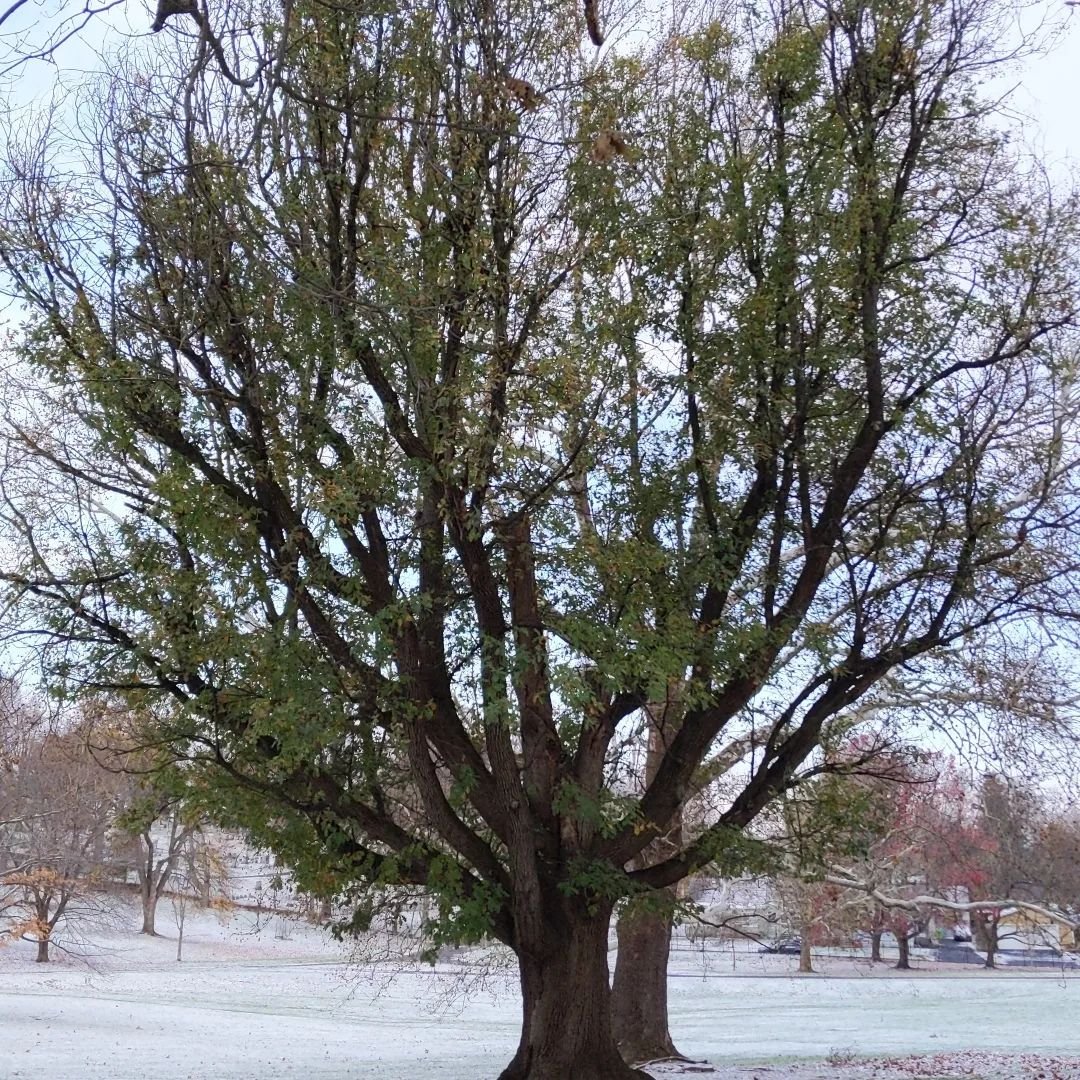
Here is the detailed information chart for White Oak:
| Attribute | Description |
|---|---|
| Botanical Name | Quercus alba |
| Common Name | White Oak |
| Plant Type | Deciduous tree |
| Zone | USDA Zones 3-9 |
| Sun Exposure | Full sun |
| Soil Type | Well-draining, acidic to neutral soil |
| Watering Needs | Moderate; prefers moist soil but can tolerate drought once established |
| Growth Habit | Upright, broadly rounded |
| Height/Spread | Height: 50-80 feet, Spread: 50-80 feet |
| Special Features | – Leaves are lobed with rounded tips and turn red or brown in the fall. |
The White Oak is a big, strong tree that grows in many parts of North America. It can live for a very long time – some White Oaks are over 600 years old!
White Oaks can grow up to 100 feet tall. They have thick, strong trunks and wide-spreading branches. The leaves of White Oaks are special. They have rounded lobes (the bumpy parts of the leaf) instead of pointy ones like some other oaks. In the fall, White Oak leaves turn pretty colors – purple, red or brown. The tree grows acorns that are important food for many animals like squirrels, deer and birds.
The wood of White Oaks is very useful. It’s strong and water-resistant. People use it to make many things like furniture, floors and even ships. Native Americans used White Oak to make medicine and food. White Oaks are important for nature too. Many insects live on these trees and birds make nests in them. The roots of White Oaks help hold soil in place, which stops erosion.
One cool fact about White Oaks is that they can “talk” to each other through their roots. They send signals to warn other trees about dangers like insects or disease.
2. Weeping Willow
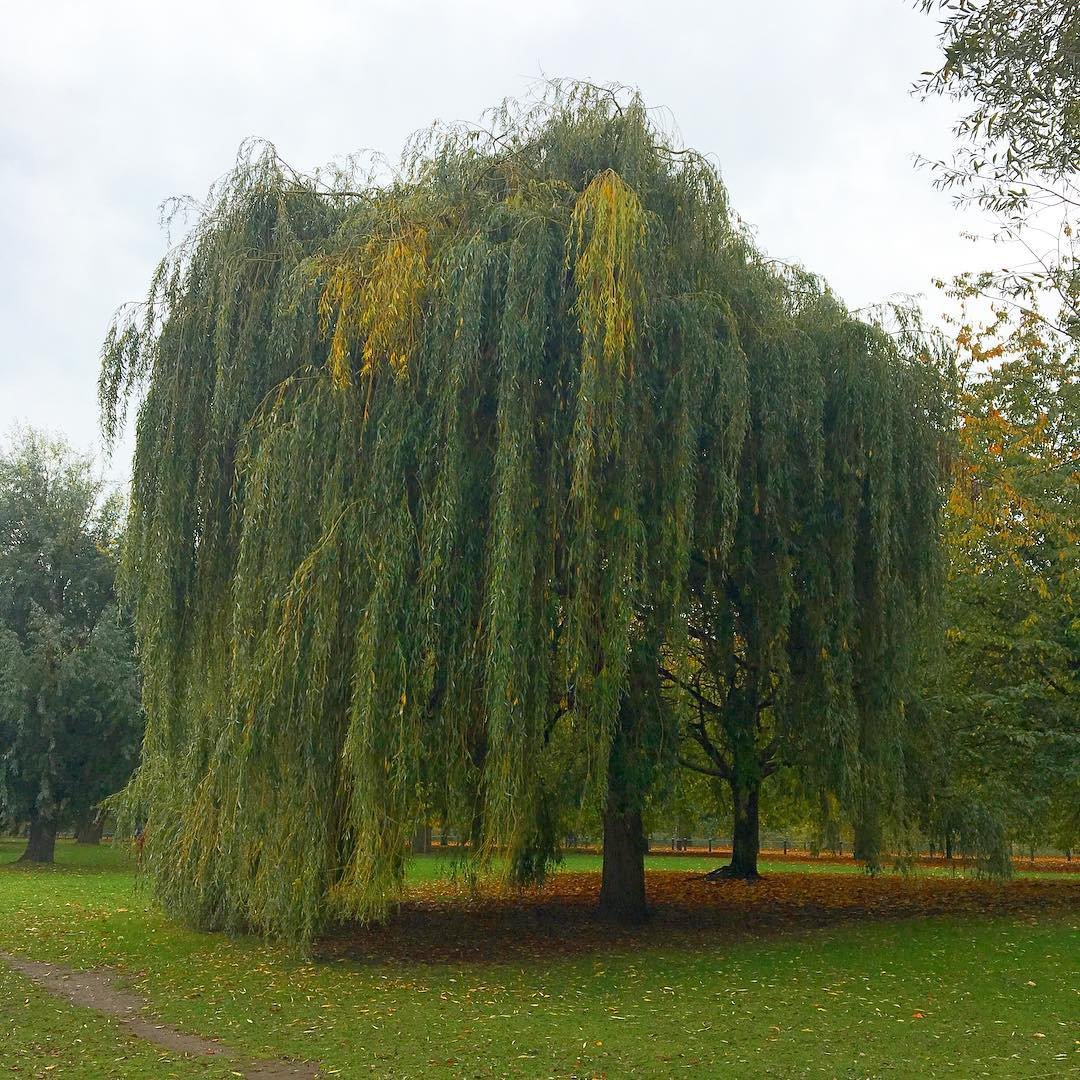
Here is the detailed information chart for Weeping Willow:
| Attribute | Description |
|---|---|
| Botanical Name | Salix babylonica |
| Common Name | Weeping Willow |
| Plant Type | Deciduous tree |
| Zone | USDA Zones 5-9 |
| Sun Exposure | Full sun |
| Soil Type | Moist, well-draining soil |
| Watering Needs | High; prefers consistently moist soil |
| Growth Habit | Weeping, pendulous |
| Height/Spread | Height: 30-50 feet, Spread: 35-50 feet |
| Special Features | – Long, slender branches that droop towards the ground, giving it a distinctive weeping appearance. |
The Weeping Willow is a beautiful tree known for its long, drooping branches that look like they’re crying or “weeping”. This is how it got its name.
Weeping Willows can grow up to 30-50 feet tall. They have thin, green leaves that are long and narrow. The branches are very flexible and can sway easily in the wind. These trees love water. They often grow near ponds, rivers or in other wet areas. Their roots are good at soaking up water, which can help stop flooding in some places.
Weeping Willows grow fast and don’t live as long as some other trees. They usually live about 30-50 years. But in that time, they provide homes for many animals. Birds like to nest in Weeping Willows and bees like their flowers.
People have used Weeping Willows for a long time. The flexible branches can be used to make baskets. The bark contains a chemical similar to aspirin and has been used to treat pain. In many cultures, Weeping Willows are seen as symbols of sadness or mourning because of their drooping shape. But they’re also symbols of survival because they can grow back quickly if they’re cut down.
One interesting fact about Weeping Willows is that they can grow from cuttings. If you put a branch in water, it will grow roots and can be planted to make a new tree!
3. Western Red Cedar
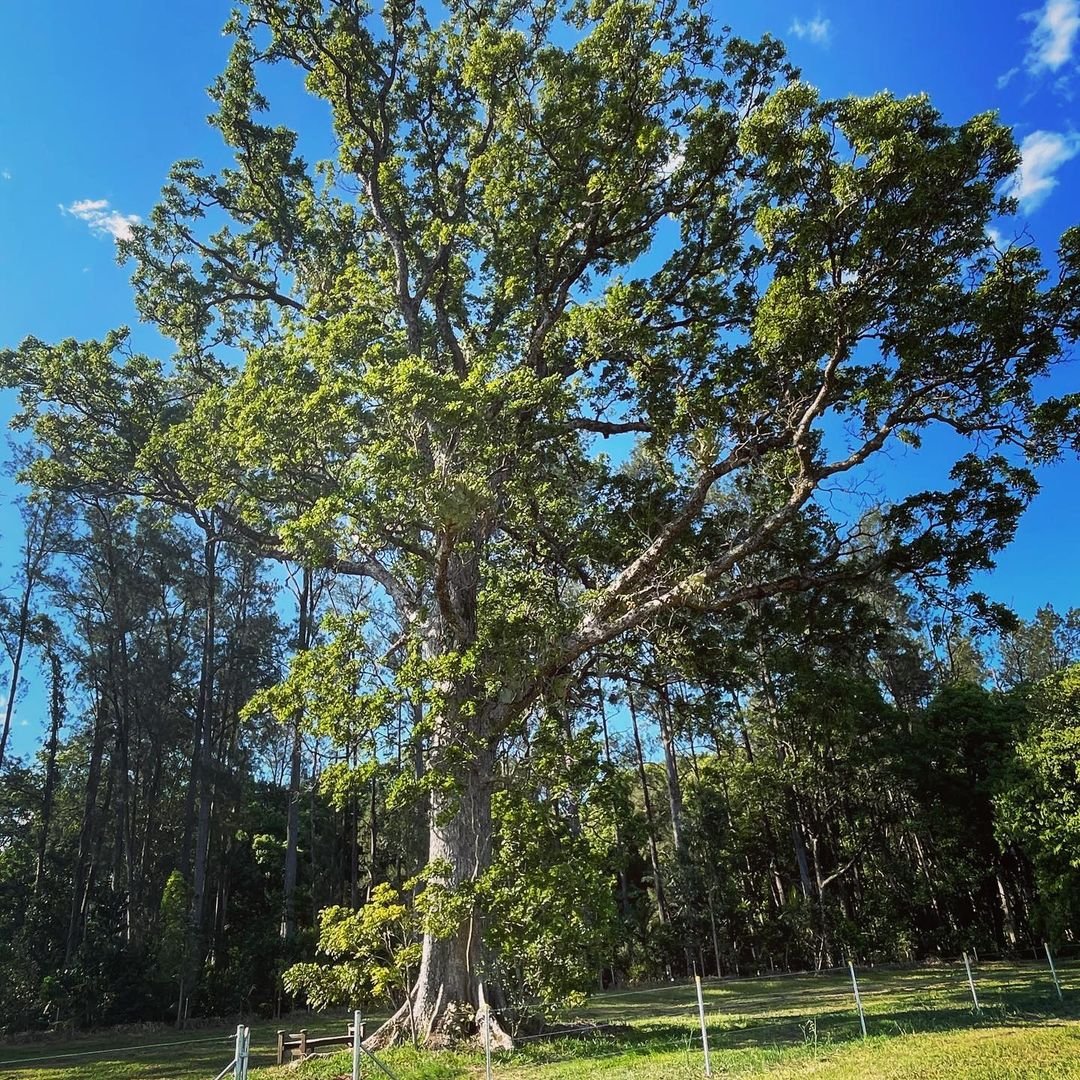
Here is the detailed information chart for Western Red Cedar:
| Attribute | Description |
|---|---|
| Botanical Name | Thuja plicata |
| Common Name | Western Red Cedar |
| Plant Type | Evergreen tree |
| Zone | USDA Zones 5-7 (some cultivars can tolerate Zones 4 and 8) |
| Sun Exposure | Full sun to part shade |
| Soil Type | Moist, well-drained soil |
| Watering Needs | Moderate; prefers consistently moist soil |
| Growth Habit | Pyramidal, conical |
| Height/Spread | Height: 50-70 feet (occasionally up to 200 feet), Spread: 15-25 feet |
| Special Features | – Scale-like, aromatic foliage that ranges from bright green to dark green. |
The Western Red Cedar is a big, beautiful tree that grows in the Pacific Northwest of North America. It’s not actually a true cedar, but it got that name because its wood smells like cedar.
Western Red Cedars can grow very tall – up to 200 feet in some cases! They have reddish-brown bark that peels off in long strips. The leaves look like flat, scaly fans and stay green all year round. These trees like wet, shady places. They often grow in forests near the coast. Western Red Cedars can live for a very long time. Some are over 1,000 years old!
The wood of Western Red Cedars is special. It resists rot and smells nice. Native American tribes used it to make many things like canoes, totem poles and houses. Today, people still use it for building and making furniture.
Western Red Cedars are important for wildlife. Many birds and small mammals make homes in these trees. The seeds are food for small animals and deer sometimes eat the leaves. These trees are also important in Native American culture. Some tribes call the Western Red Cedar the “Tree of Life” because they use it for so many things.
One cool fact about Western Red Cedars is that they can grow new trees from their branches. If a low branch touches the ground, it can grow roots and become a new tree!
4. Walnut

Here is the detailed information chart for Walnut:
| Attribute | Description |
|---|---|
| Botanical Name | Juglans spp. (common species include Juglans regia for English Walnut and Juglans nigra for Black Walnut) |
| Common Name | Walnut |
| Plant Type | Deciduous tree |
| Zone | USDA Zones 4-9 |
| Sun Exposure | Full sun |
| Soil Type | Well-draining, deep, fertile soil; tolerates clay, loam and sandy soils |
| Watering Needs | Moderate; prefers consistent moisture, especially during the growing season |
| Growth Habit | Upright, spreading |
| Height/Spread | Height: 50-75 feet (can reach up to 100 feet), Spread: 50-75 feet |
| Special Features | – Pinnate leaves with numerous leaflets, turning yellow in the fall. |
Walnut trees are famous for their tasty nuts, but there’s a lot more to these trees! There are several types of walnut trees, but we’ll focus on the Black Walnut (Juglans nigra), which is common in North America.
Black Walnut trees can grow up to 100 feet tall. They have dark, rough bark and compound leaves. This means each leaf is made up of many smaller leaflets. The nuts of Black Walnut trees grow inside green, round husks. When the nuts are ripe, the husks turn black and fall to the ground. Many animals like squirrels, birds and even foxes eat these nuts.
Black Walnut wood is very valuable. It’s dark, strong and beautiful, so people use it to make fancy furniture and gun stocks. The shells of the nuts can be used to make things too, like paint and cleaning products.
These trees are interesting because they produce a chemical called juglone. This chemical can stop some other plants from growing near the walnut tree. Gardeners need to be careful about what they plant near walnut trees! Native Americans used Black Walnuts for food and medicine. They also used the husks to make a dark dye for clothing.
One cool fact about Black Walnut trees is that they can live for over 200 years. Some of these trees alive today were around before the United States became a country!
5. White Pine
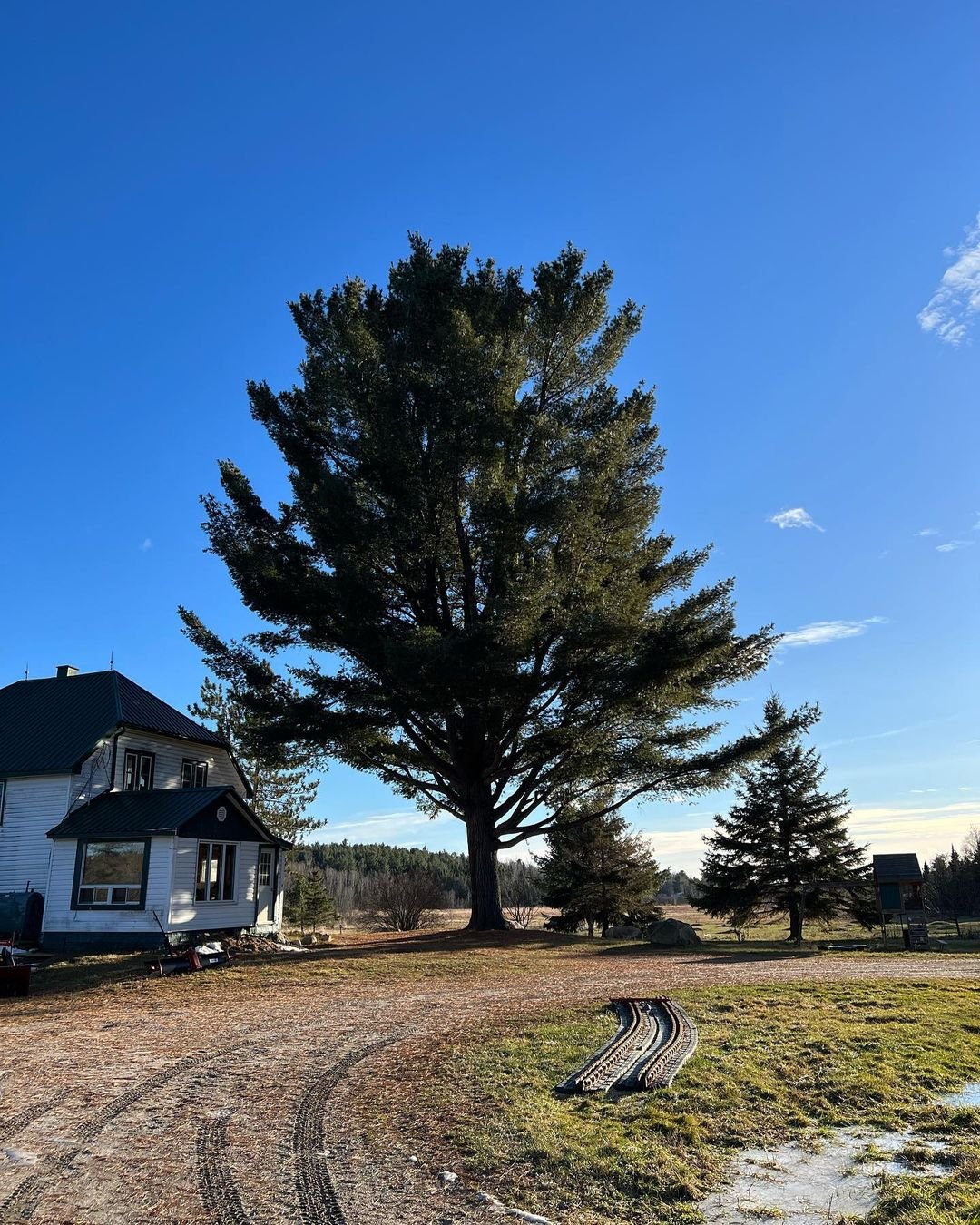
Here’s an easy-to-read and verified information chart for White Pine trees:
| Feature | Details |
|---|---|
| Botanical Name | Pinus strobus |
| Common Name | Eastern White Pine, White Pine |
| Plant Type | Evergreen tree |
| USDA Hardiness Zone | 3-8 |
| Sun Exposure | Full sun to partial shade |
| Soil Type | Well-draining, prefers sandy or loamy soil |
| Watering | Regular; drought tolerant once established |
| Growth Habit | Upright, pyramidal when young, more irregular with age |
| Height/Spread | 50-80 feet tall / 20-40 feet wide |
| Special Features | Soft, bluish-green needles, long cones, fast-growing, valuable timber tree, provides wildlife habitat, attractive ornamental tree |
The White Pine is a tall, beautiful evergreen tree. It’s called “white” because of the pale color of its wood, not its needles, which are green.
White Pines can grow very tall – up to 80 feet or more! They have long, soft needles that grow in bundles of five. This is one way to identify a White Pine – many other pines have needles in bundles of two or three. These trees grow pine cones that can be 6-8 inches long. The seeds inside these cones are food for many birds and small mammals.
White Pines are important in history. Native Americans used the needles to make tea rich in vitamin C. Early American colonists used the tall, straight trunks to make ship masts.
The wood of White Pines is soft and easy to work with. People use it to make things like furniture, lumber and even Christmas trees. In nature, White Pines provide homes for many animals. Birds like woodpeckers and owls often nest in these trees. In winter, deer and other animals might shelter under White Pines.
One interesting fact about White Pines is that they can live for a very long time. Some White Pines have lived for over 400 years!
6. Willow Oak

Here’s an easy-to-read and verified information chart for Willow Oak trees:
| Feature | Details |
|---|---|
| Botanical Name | Quercus phellos |
| Common Name | Willow Oak |
| Plant Type | Deciduous tree |
| USDA Hardiness Zone | 5-9 |
| Sun Exposure | Full sun |
| Soil Type | Well-draining, acidic to neutral soil, tolerant of clay |
| Watering | Regular; more drought tolerant once established |
| Growth Habit | Upright, oval to rounded canopy |
| Height/Spread | 40-75 feet tall / 25-50 feet wide |
| Special Features | Narrow, willow-like leaves, produces small acorns, fast-growing, provides excellent shade, attractive in urban and landscape settings |
The Willow Oak is an interesting tree because it doesn’t look like most other oaks. Its leaves are long and narrow, like willow leaves. That’s how it got its name!
Willow Oaks can grow up to 60-75 feet tall. They have smooth, dark gray bark when they’re young, which gets rougher as they get older. These trees grow acorns like other oaks, but their acorns are smaller than most. Lots of animals like to eat these acorns, including birds, squirrels, and deer.
Willow Oaks are popular for planting in cities and parks. They grow quickly, provide good shade, and can handle pollution better than some other trees.
The wood of Willow Oaks is strong and is used to make furniture and flooring. Native Americans used to use the bark to make a medicine for treating fevers. These trees are also good for the environment. Their roots help stop soil from washing away and their leaves provide food for many kinds of caterpillars.
One cool fact about Willow Oaks is that they can change the color of their leaves twice a year. In spring, new leaves are reddish-pink before turning green. Then in fall, they turn yellow-brown or russet.
7. Witch Hazel (Hamamelis virginiana)

Here’s an easy-to-read and verified information chart for Witch Hazel:
| Feature | Details |
|---|---|
| Botanical Name | Hamamelis spp. |
| Common Name | Witch Hazel |
| Plant Type | Deciduous shrub or small tree |
| USDA Hardiness Zone | 3-9 |
| Sun Exposure | Full sun to partial shade |
| Soil Type | Well-draining, rich, acidic to neutral soil |
| Watering | Regular; prefers moist soil |
| Growth Habit | Multi-stemmed, spreading to rounded form |
| Height/Spread | 10-20 feet tall / 10-20 feet wide |
| Special Features | Fragrant, spidery flowers in late fall to early spring, yellow to red flower colors, attractive fall foliage, used in traditional medicine and skincare products |
Witch Hazel is a small tree or large shrub that’s special for a few reasons. It’s one of the last plants to bloom in North America, often flowering in late fall or even early winter!
Witch Hazels usually grow to about 15-20 feet tall. They have smooth, light brown bark and leaves that are oval-shaped with wavy edges. The flowers of Witch Hazel are very interesting. They have long, thin petals that look like yellow streamers. These flowers often bloom when the leaves are falling off the tree, making them easy to see.
Witch Hazel has been used by humans for a long time. Native Americans used it to treat swelling and sores. Today, Witch Hazel extract is still used in many skin care products.
In nature, Witch Hazel seeds are food for birds and small mammals. The trees also provide homes for many insects. One really cool thing about Witch Hazel is how it spreads its seeds. When the seed pods dry out, they can shoot the seeds up to 30 feet away! This helps the plant spread to new areas.
Witch Hazel is also known for its ability to find water. Some people use Witch Hazel branches as “divining rods” to try to find underground water sources.
8. Western Hemlock

Here is the detailed information chart for Western Hemlock:
| Attribute | Description |
|---|---|
| Botanical Name | Tsuga heterophylla |
| Common Name | Western Hemlock |
| Plant Type | Evergreen tree |
| Zone | USDA Zones 6-8 |
| Sun Exposure | Full sun to part shade |
| Soil Type | Moist, well-drained, acidic soils |
| Watering Needs | High; prefers consistently moist soil |
| Growth Habit | Pyramidal, conical |
| Height/Spread | Height: 70-100 feet (can reach up to 200 feet), Spread: 20-30 feet |
| Special Features | – Needles are short, flat and feathery with a glossy green upper surface and pale underside. |
The Western Hemlock is a big evergreen tree that grows in the Pacific Northwest of North America. It’s the state tree of Washington!
Western Hemlocks can grow very tall, sometimes over 200 feet! They have drooping branches and small, flat needles. The top of the tree often droops over, which is one way to identify it. These trees like cool, wet places. They often grow in shady forests, sometimes in the shade of even bigger trees like Douglas firs.
Western Hemlocks are important for wildlife. Many birds and small mammals eat the seeds from their small cones. Deer and elk sometimes eat the needles and twigs.
The wood of Western Hemlocks is used to make paper and lumber. Native American tribes used the bark to make a red dye and medicine. One interesting thing about Western Hemlocks is that they can grow in very dark places. They can survive with less light than almost any other tree!
These trees also help the forest in a special way. When their needles fall and decompose, they make the soil more acidic. This helps certain fungi grow, which are important for the forest ecosystem.
9. White Birch
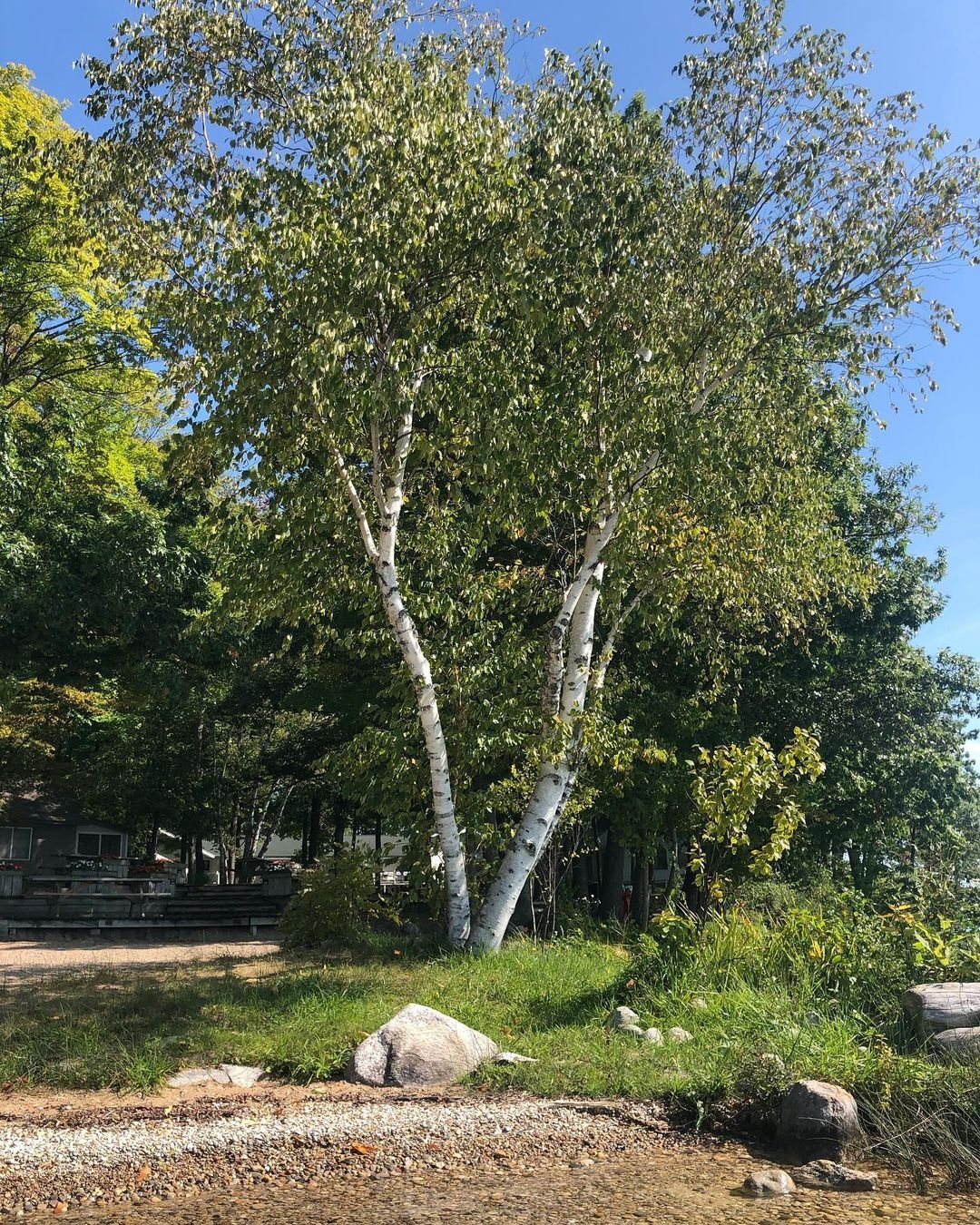
Here is the detailed information chart for White Birch:
| Attribute | Description |
|---|---|
| Botanical Name | Betula papyrifera |
| Common Name | White Birch, Paper Birch |
| Plant Type | Deciduous tree |
| Zone | USDA Zones 2-7 |
| Sun Exposure | Full sun to partial shade |
| Soil Type | Well-draining, acidic to neutral soil; tolerates loamy, sandy and rocky soils |
| Watering Needs | Moderate; prefers moist soil but can tolerate short periods of drought |
| Growth Habit | Upright, oval to rounded |
| Height/Spread | Height: 40-70 feet, Spread: 20-35 feet |
| Special Features | – White, peeling bark that becomes more pronounced with age. |
The White Birch, also called Paper Birch, is a beautiful tree known for its white bark that peels off in thin layers.
White Birches usually grow to about 50-70 feet tall. They have heart-shaped leaves that turn bright yellow in the fall. The bark of White Birches is very special. It’s white and peels in thin layers like paper. Native Americans used this bark to make canoes, containers and even to write on!
These trees are important for wildlife. Many birds, including woodpeckers, like to nest in White Birches. Moose and deer eat the twigs and leaves.
White Birches like cool places and can handle very cold weather. They often grow in forests with pines and spruces. The wood of White Birches is used to make things like popsicle sticks, toothpicks and plywood. The sap can be made into syrup, similar to maple syrup.
One cool fact about White Birches is that their bark is waterproof and contains a natural substance that prevents decay. This is why birchbark canoes could last for many years!
10. Weeping Cherry

Here is the detailed information chart for Weeping Cherry:
| Attribute | Description |
|---|---|
| Botanical Name | Prunus subhirtella ‘Pendula’ |
| Common Name | Weeping Cherry |
| Plant Type | Deciduous tree |
| Zone | USDA Zones 5-8 |
| Sun Exposure | Full sun |
| Soil Type | Well-draining, fertile soil; prefers loamy soils but tolerates sandy and clay soils |
| Watering Needs | Moderate; prefers consistent moisture, especially during dry periods |
| Growth Habit | Weeping, cascading branches |
| Height/Spread | Height: 20-30 feet, Spread: 15-25 feet |
| Special Features | – Graceful, weeping branches that cascade towards the ground. |
The Weeping Cherry is a beautiful ornamental tree known for its drooping branches and stunning pink or white flowers.
Weeping Cherries are usually small trees, growing to about 20-30 feet tall. Their branches grow downward, creating a “weeping” shape that gives them their name. These trees are famous for their beautiful flowers that bloom in early spring. The flowers can be pink or white and cover the branches, creating a stunning display.
Weeping Cherries are often planted in parks and gardens because they’re so pretty. They’re especially popular in Japanese-style gardens.
While they’re beautiful, Weeping Cherries don’t live as long as some other trees. They usually live about 15-20 years. Birds like to eat the small fruits that grow after the flowers. But be careful – these cherries aren’t good for humans to eat!
One interesting fact about Weeping Cherries is that they’re often created by grafting. This means the top part of the tree is attached to the roots of a different type of cherry tree to make it stronger.
Trees that start with ‘W’ are wonderful and diverse. From the strong White Oak to the beautiful Weeping Cherry, each tree has its own special features and importance. These trees show us how amazing nature is. Some give us food, others provide homes for animals and all of them help make our world more beautiful and healthy.
Next time you’re outside, look around for trees. Maybe you’ll spot one of these ‘W’ trees! Remember, every tree is important, no matter what letter it starts with.
By learning about different trees, we can better understand how to take care of our environment. So let’s appreciate all trees, from A to Z!